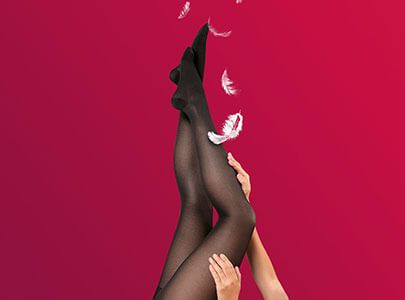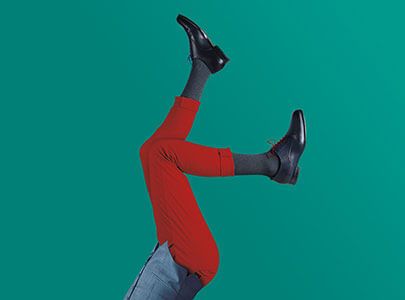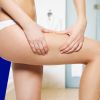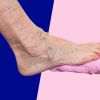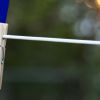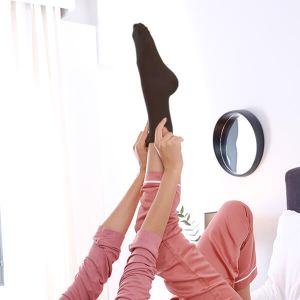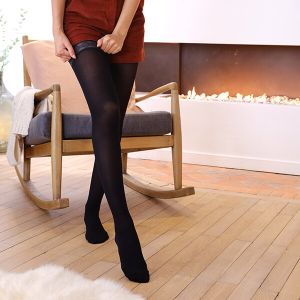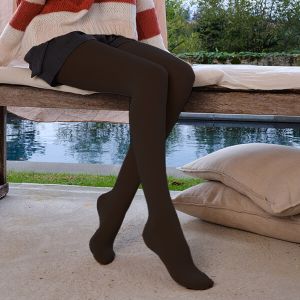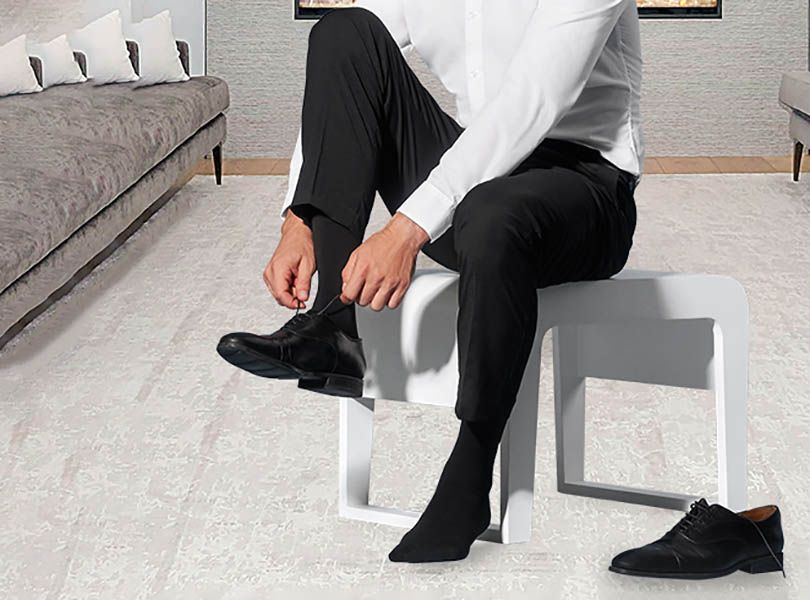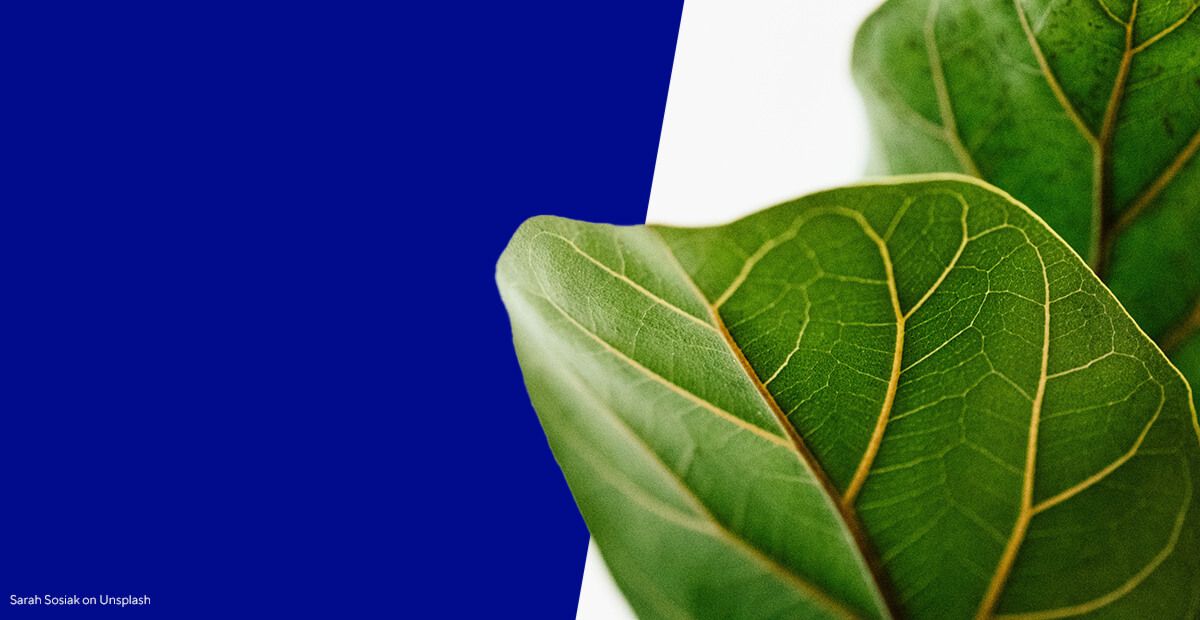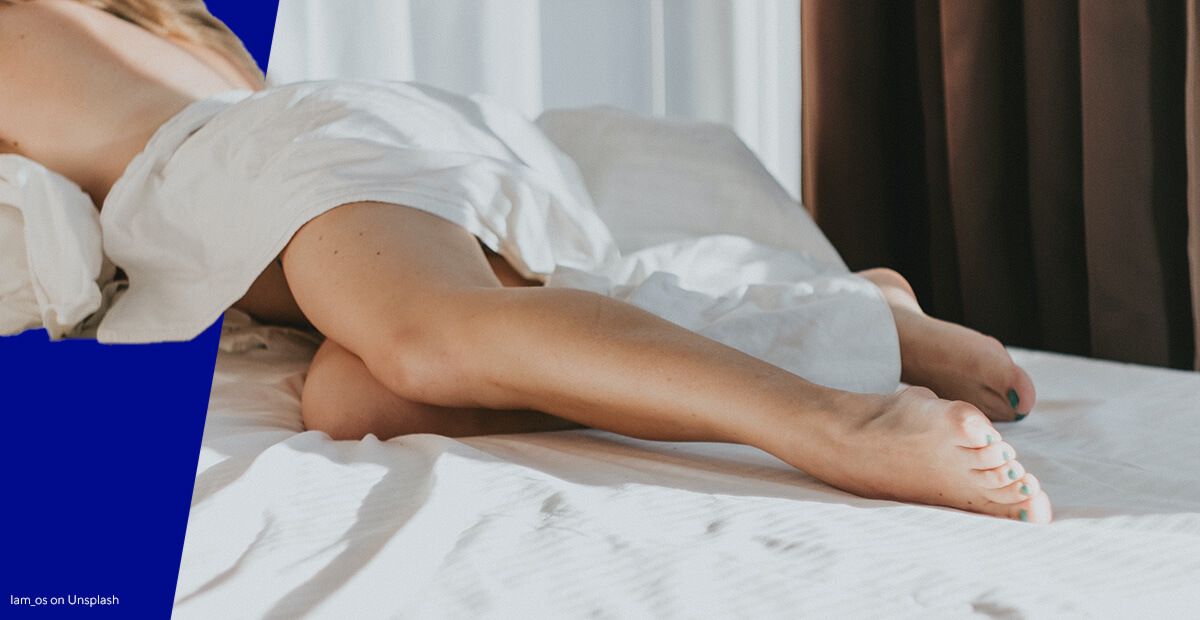Can varicose veins itch?
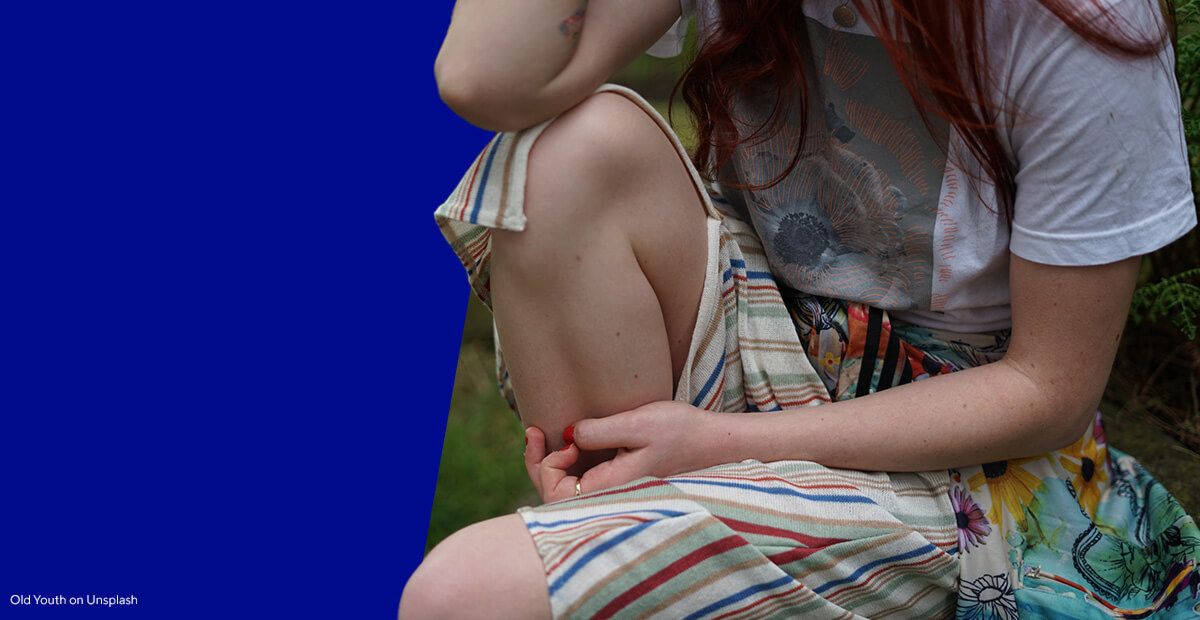
How do varicose veins develop?
Varicose veins are the result of venous insufficiency. They arise because of a widening and elongation of the vein, which acquires a tortuous course. This is a consequence of damage to the valves, the backflow of blood in the veins, resulting in an increase in blood pressure and the force of the blood against the walls of the blood vessels. Varicose veins mainly manifest themselves as heaviness of the lower limbs, swelling of the calves and ankle area, cramps, and severe pain in the legs. Unsightly-looking vascular spider veins and numerous characteristic bulges can be seen on the skin.
Why do varicose veins itch?
Some patients presenting to doctors with varicose veins of the lower limbs, in addition to the above-mentioned symptoms, also signal an interfering problem in everyday life - the itching of varicose veins. As it turns out, this ailment occurs due to varicose eczema, which develops in people with venous disease.
The developing varicose veins can lead to ruptures of the blood vessels, thus creating vein leaks. The blood then seeps under the skin. There it accumulates, resulting in the deposition of red blood cells, which break down over time, causing skin irritation. In the beginning, the patient manifests itself only by a persistent itching of the skin, which after time turns into tenderness, pain, and the appearance of discolouration around the veins.
Itchy varicose veins - what can we do?
The complaints of itching varicose veins should not be underestimated. We should contact a doctor as soon as possible, who will introduce the appropriate treatment and help us stop the development of the disease. However, before we go to the appropriate specialist, we can take a few measures to alleviate the unpleasant discomfort, such as:
- Reducing scratching of irritated and itchy areas.
- Moisturising the skin in varicose veins.
- Using heparin-containing gels.
- Increasing physical activity.
- Use of compression therapy.
Compression products - the ideal prevention of varicose veins
Many doctors point out that the best, yet non-invasive and safe way to prevent and treat leg varicose veins is compression therapy. This is a method that uses graduated compression. This therapy involves applying uneven pressure to the leg using special medical devices such as stockings, tights, or varicose vein socks. These can be purchased from pharmacies, medical shops, or manufacturer websites such as Venoflex. The extensive range is of high quality and manufactured in accordance with ASQUAL and RAL standards. It is differentiated mainly in terms of size, colour, variant, but also compression scale. Should you have any problems choosing the right product, the available specialists are available to offer their knowledge and assistance.
